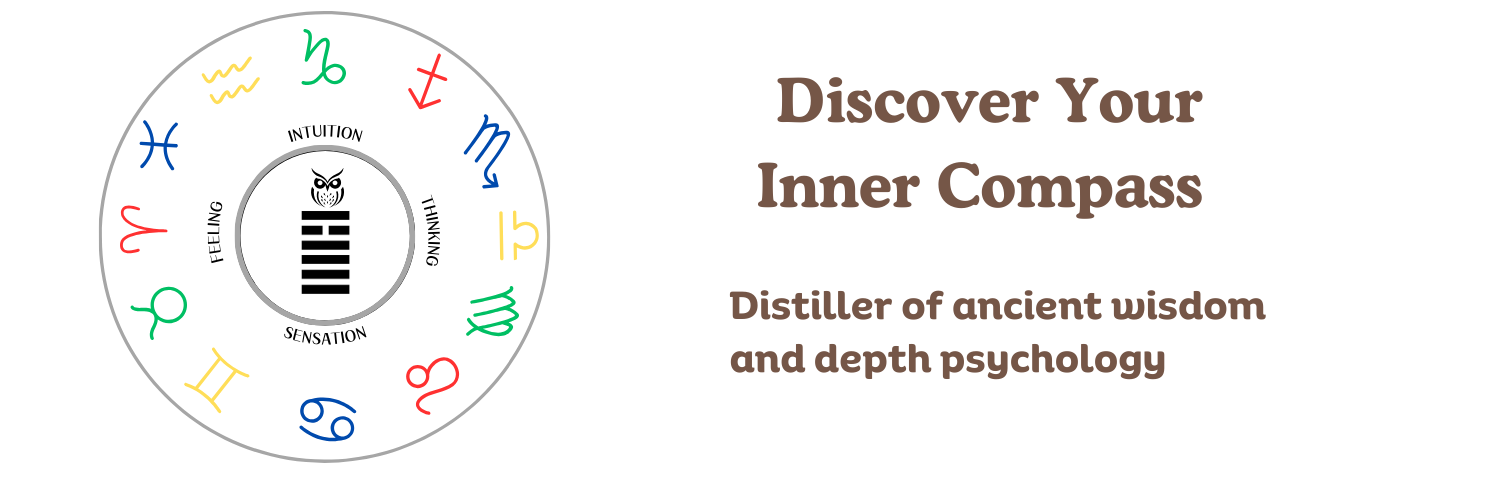Nothing but You: Establishing Genuine Relationships With One Another
At the heart of Buber’s theology was his theory of dialogue—the idea that what matters is not understanding God in abstract, intellectual terms but, rather, entering into a relationship with him. Such a relationship, he believed, is possible only when we establish genuine relationships with one another.
Whoever goes forth to his You with his whole being and carries to it all the being of the world, finds him whom one cannot seek,” he wrote. In daily life, we usually fail to live up to this ideal. We tend to treat the people and the world around us as things to be used for our benefit. Without this mind-set, which Buber called “I-It,” there would be no science, economics, or politics. But, the more we engage in such thinking, the farther we drift from “I-You,” his term for addressing other people directly as partners in dialogue and relationship. Only when we say “You” to the world do we perceive its miraculous strangeness and, at the same time, its potential for intimacy. Indeed, it’s not only human beings who deserve to be called “You.” As Buber wrote, even a cat or a piece of mica can summon up in us the feeling of a genuine encounter with another: “When something does emerge from among things, something living, and becomes a being for me . . . it is for me nothing but You! – from The New Yorker
I totally relate to the I-You vs. the I-It dichotomy, and I find that having this I-You quality adds this intensely mystical property to it. It adds genuine life and dynamism to pretty much any reality.
I know that I’m in a really good vantage point when I’m in this deeper I-You interaction, because I know that it is breathing and pulsating with life. It is a game changer in terms of how we can view and directly interact (in a mystical way) with the universe!
Now on an even deeper level, I’ve heard Richard Tarnas give talks about this dichotomy of an I-You vs. I-It universe. In a nutshell, prior to Copernicus and his heliocentric theory, there was generally a greater mystical quality to the universe (an Anima Mundi) where the I-You was deeply living and breathing. However, after this pivotal point and progressing deeper and deeper as the Industrial Revolution occurred, a switch took place towards I-It, where a more impersonalized interaction with objects generally took place.
Tarnas does a fascinating job of describing how both of these worldviews really came alive at the various times in human history. It really stresses how the dichotomy of I-You vs. I-It strikes at the heart of how mysticism and science/technology have been viewed throughout human history.
